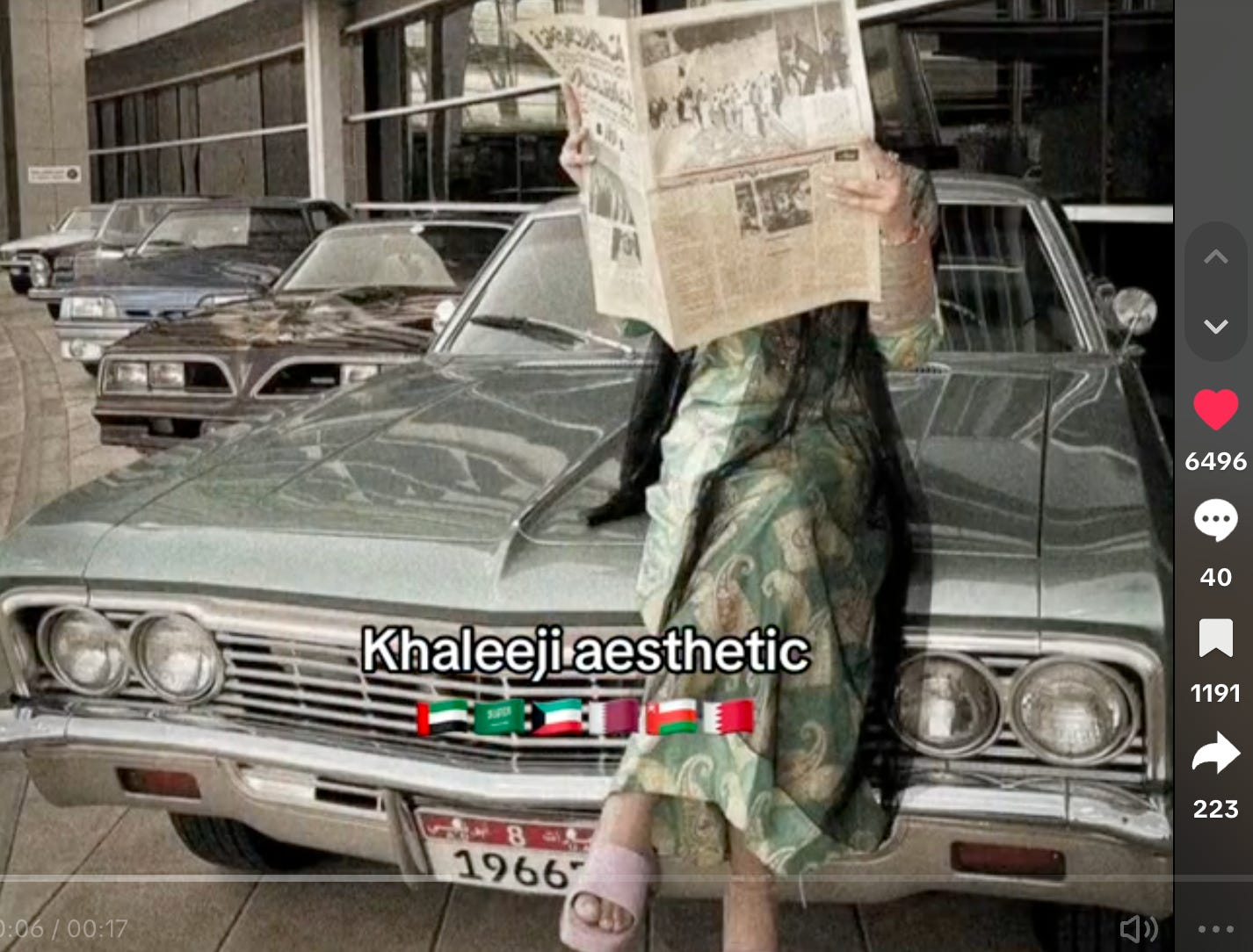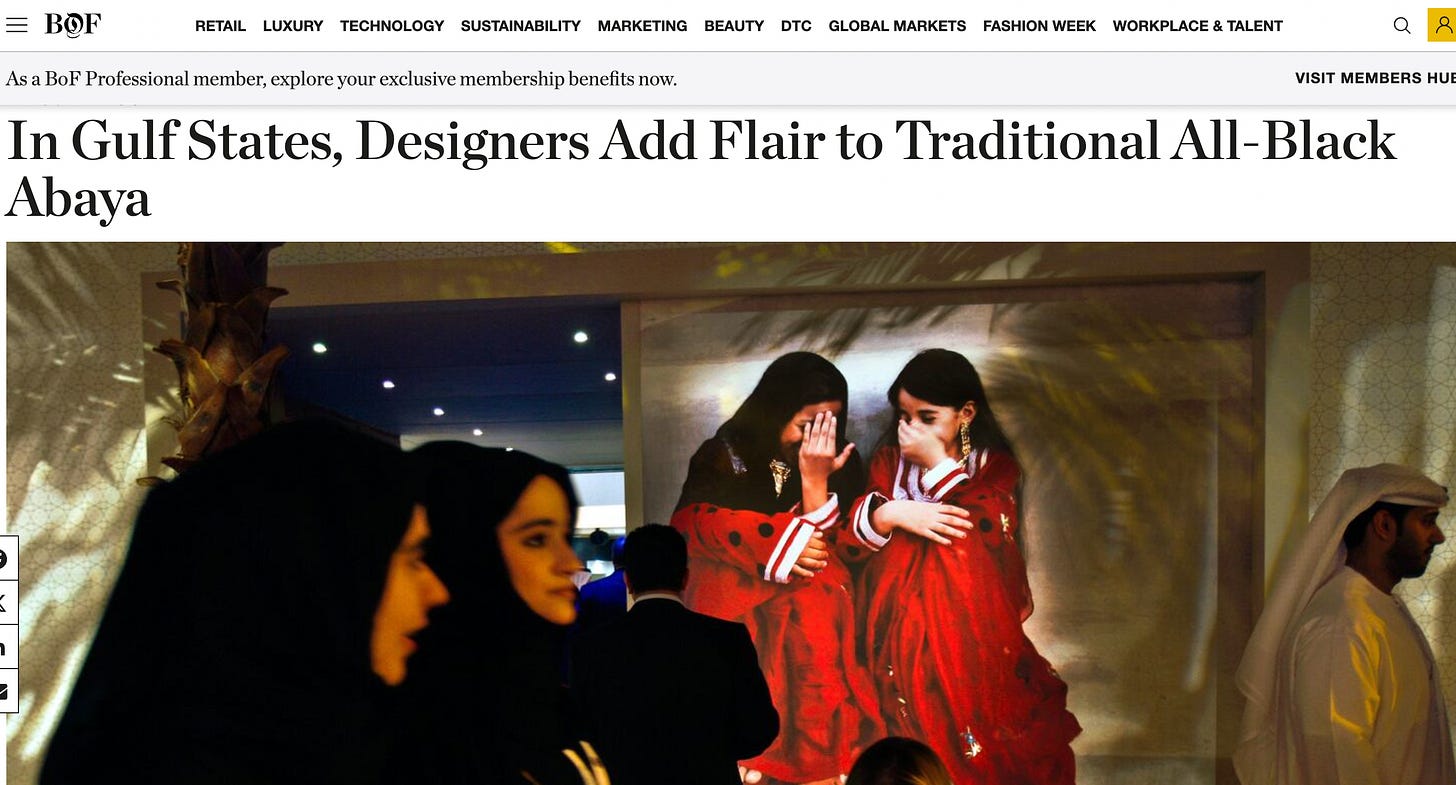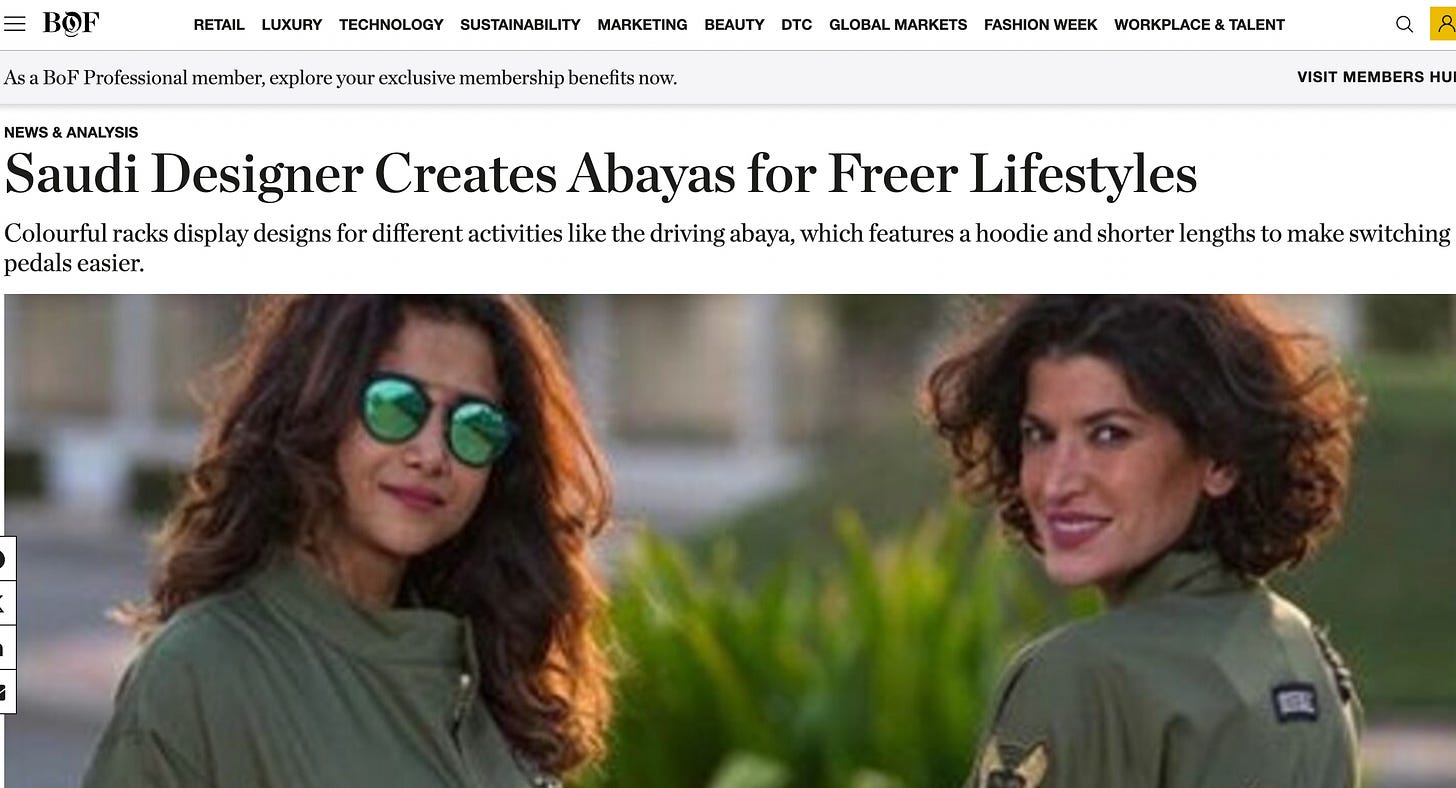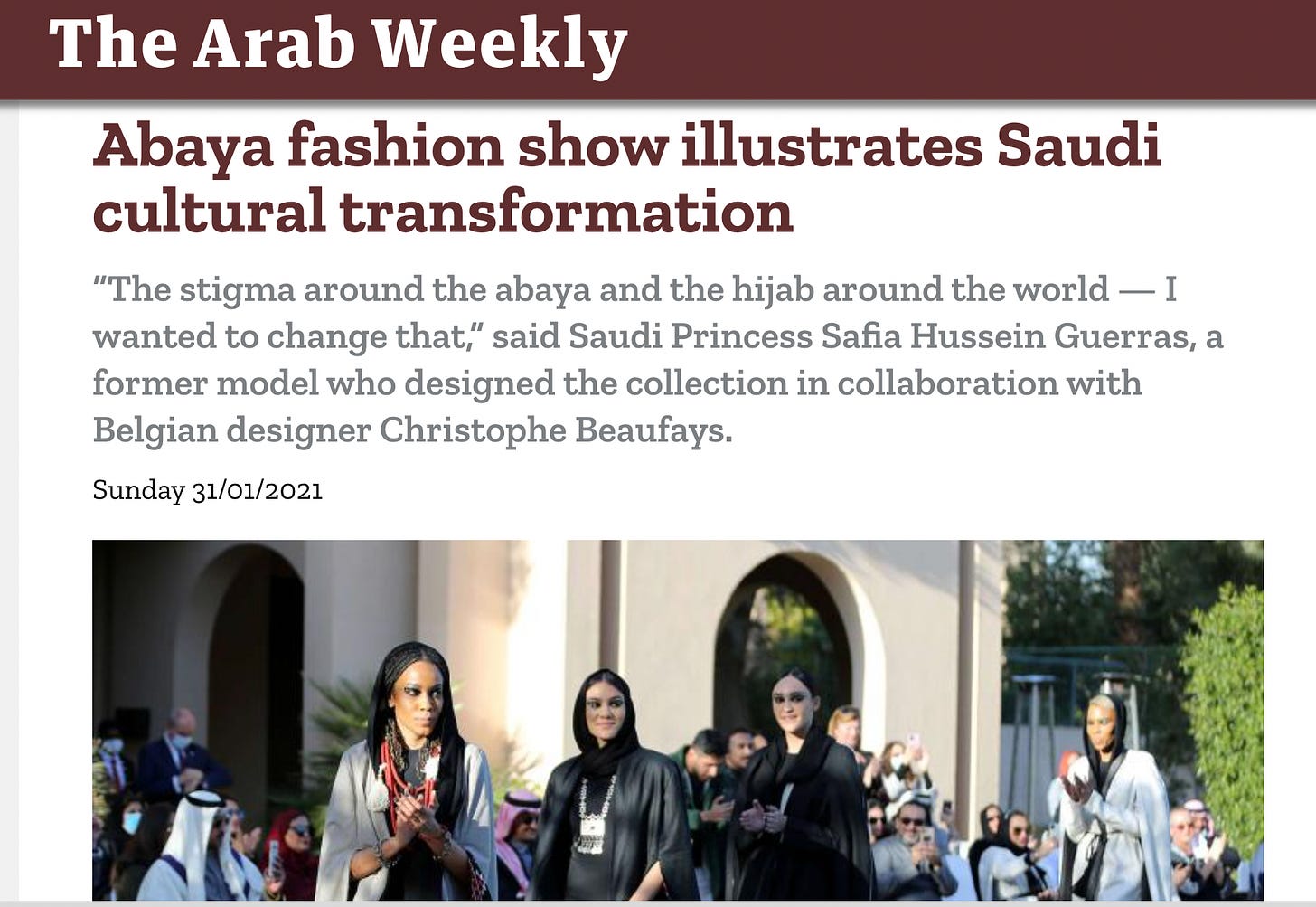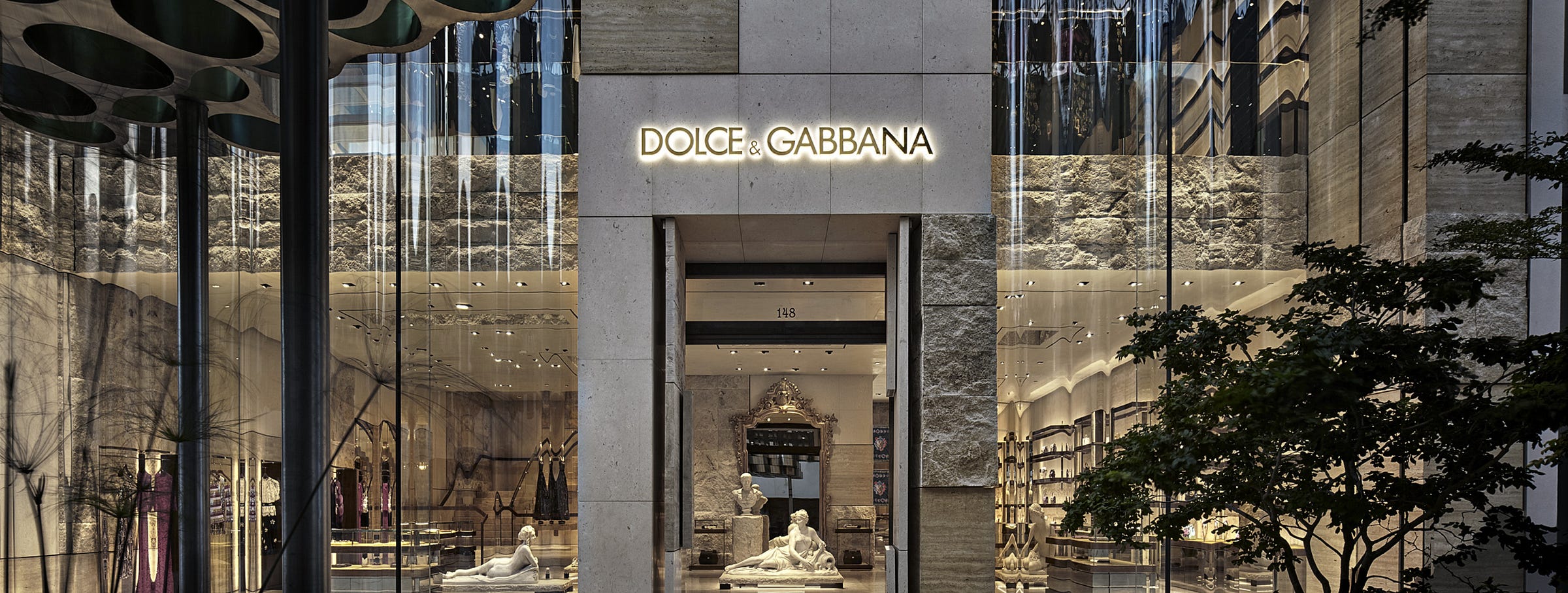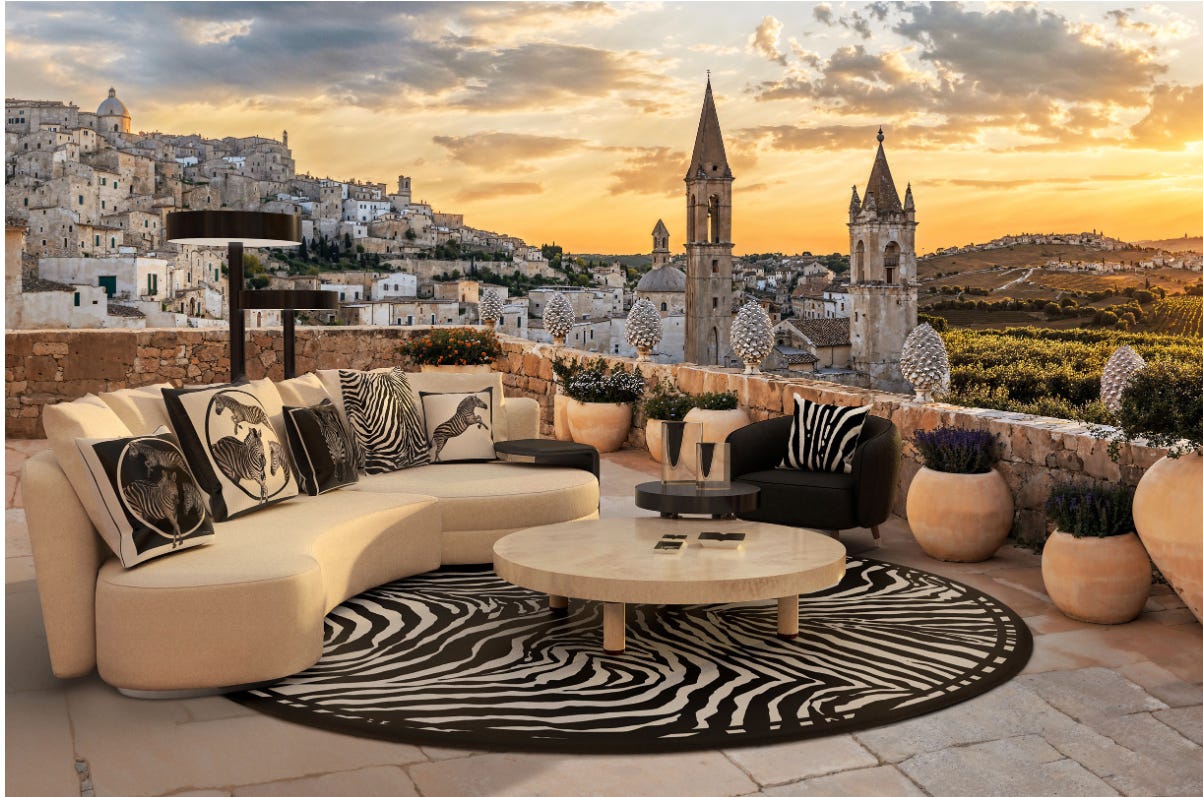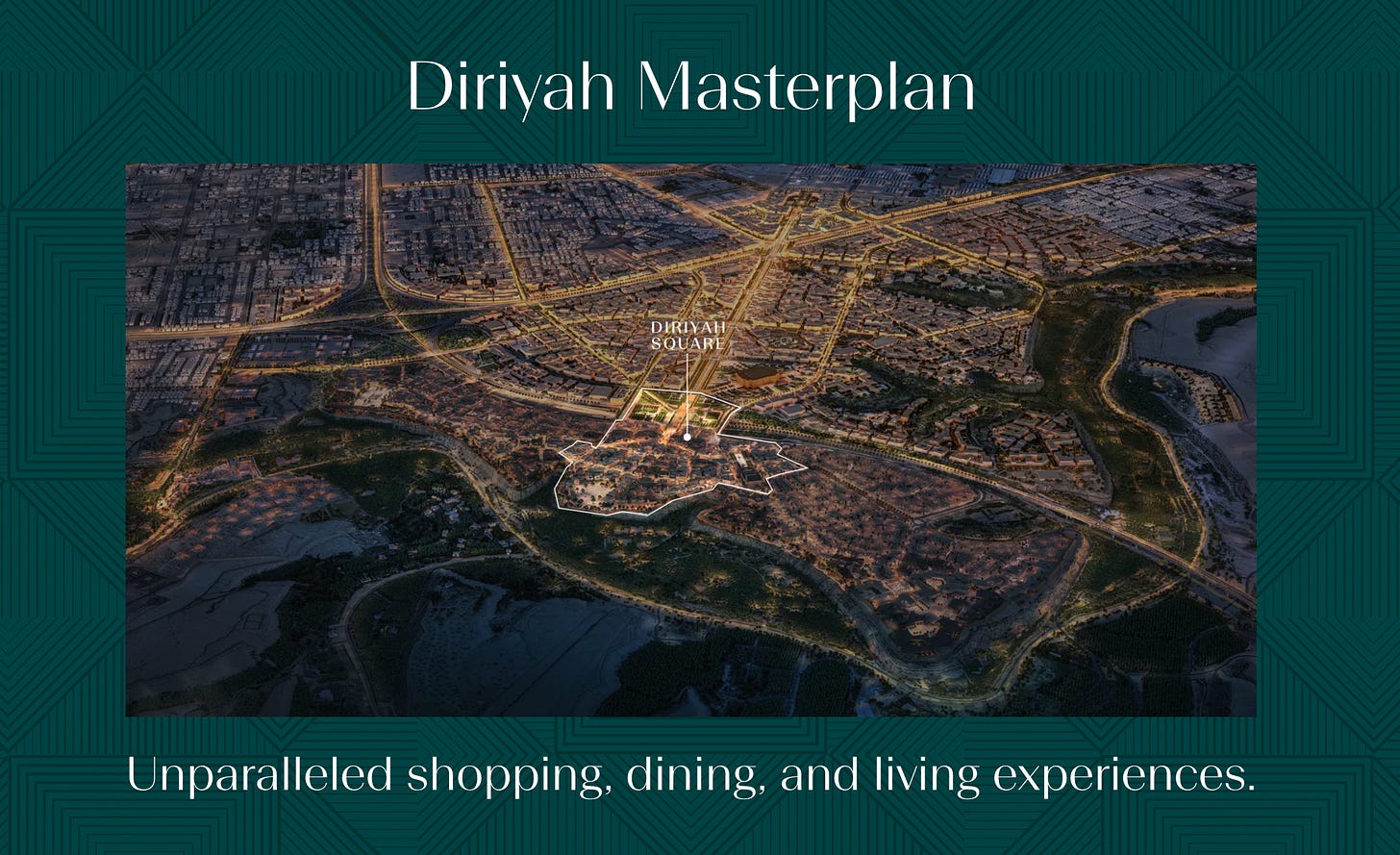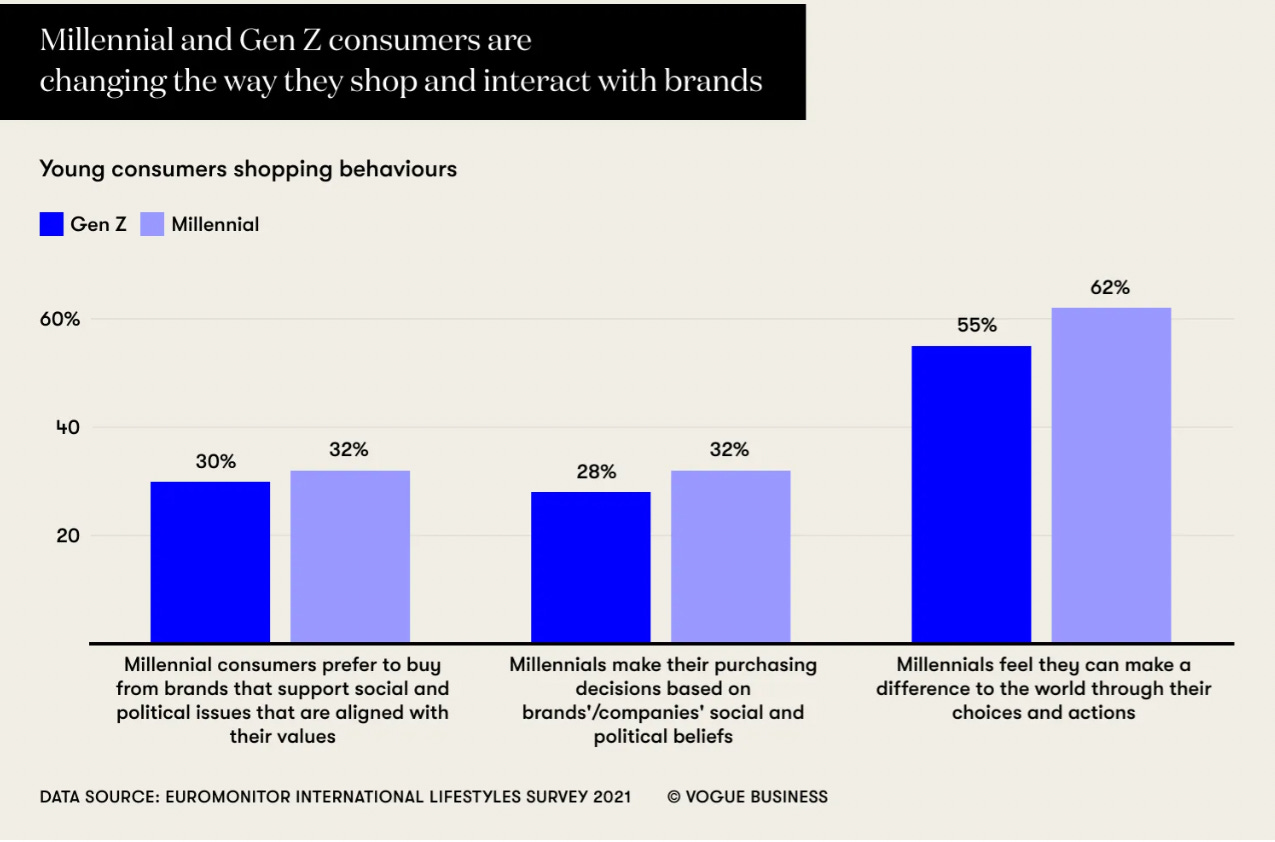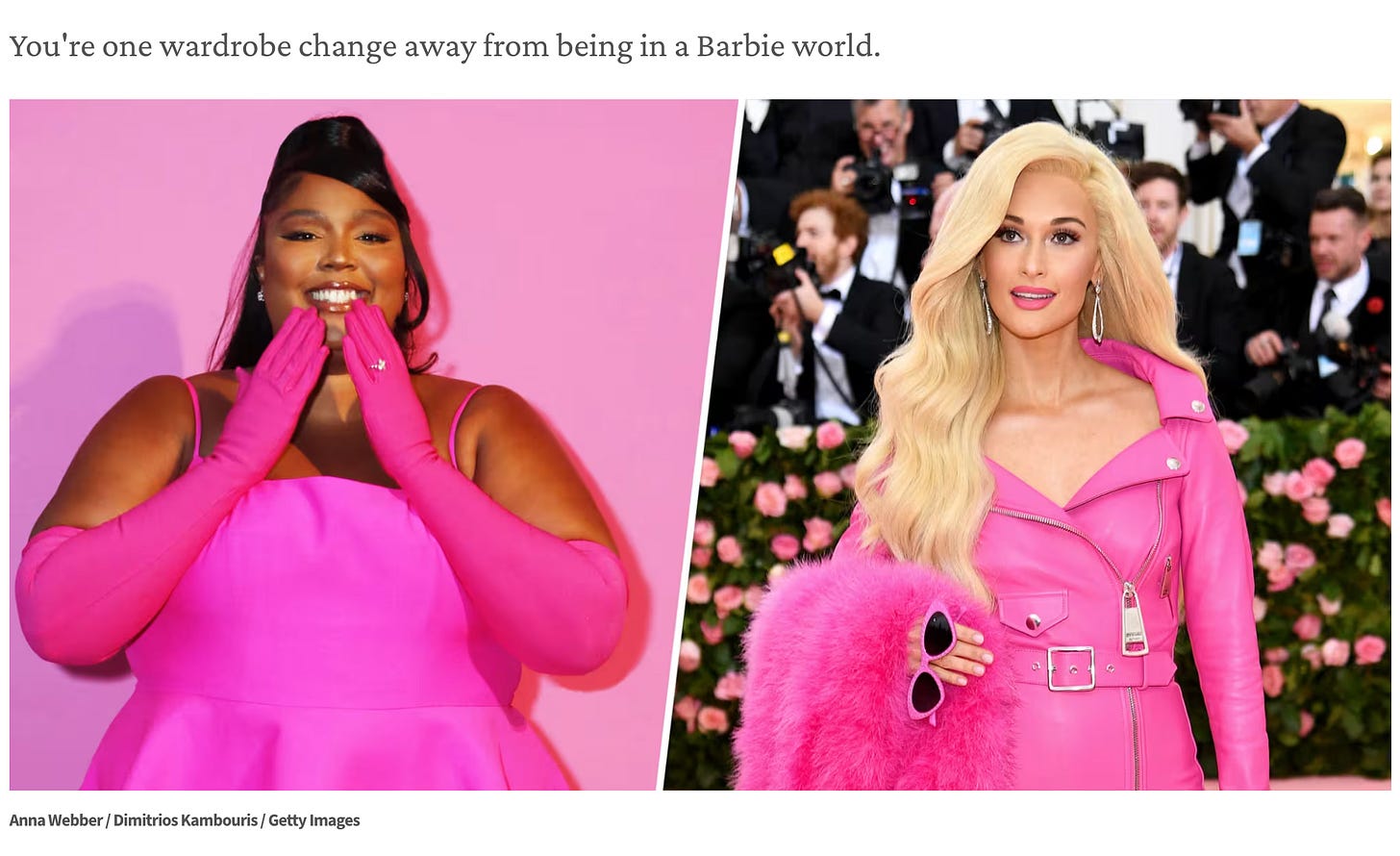The Modern Abaya
How fashion brands can meet the growing opportunity of evolving cultural wear styles in the GCC
The makeover of Modest Fashion is one of the my favourite trends on Tiktok right now. The newfound #khaleejiaesthetic and #modestfashion continue to define for this generation the evolving style of cultural wear in the GCC.
The Abaya itself has come a long way from its first avataar in black with minimal embroidery, to subtle hues, satin, embellished, tailored, and more. Wearing styles have also shifted, from mid-torso lengths to modern cloaks with long sleeves and decorative embellishments.
While the trend of contemporary cultural wear started years ago, only now are we at the cusp of actualising its true potential.
Take Saudi Arabia as an example- here’s a quick highlights reel of this evolution within the country:
Early 2000s: local designers start experimenting
This era witnessed the emergence of local brands that elevated Saudi Arabia’s rich tradition of craftsmanship in embroidery to the level of design dressing and wedding collections. Brands like Ashi Studio and Honayda Serafi were born and have now become global names.
2010s-2020s : Dolce & Gabbana leads the way from a global standpoint
In 2016, designer brand Dolce and Gabbana offered 'modest fashion' collections, including abayas, hijabs, scarves, and accessories tailored for Gulf customers. In 2018, Jean Paul Gaultier and Roberto Cavalli headlined the kingdom’s first ever Arab Fashion Week- a women-only event that barred not only men but also cameras.
Today and beyond: Vision 2030
In 2024, Dolce & Gabbana launched a flagship store in Riyadh’s Via Riyadh, a prime luxury destination and the largest flagship in the GCC. The brand also plans to open additional stores in Riyadh and maintain a presence in Jeddah.
In 2028, we are expecting the launch of Diriyah Square, a retail centerpiece. This 180,000 m2 open-air complex will house over 400 stores, including flagships for the world’s top 50 luxury brands and emerging homegrown brands, and also feature an avenue reminiscent of the Champs-Élysées. J’adore!
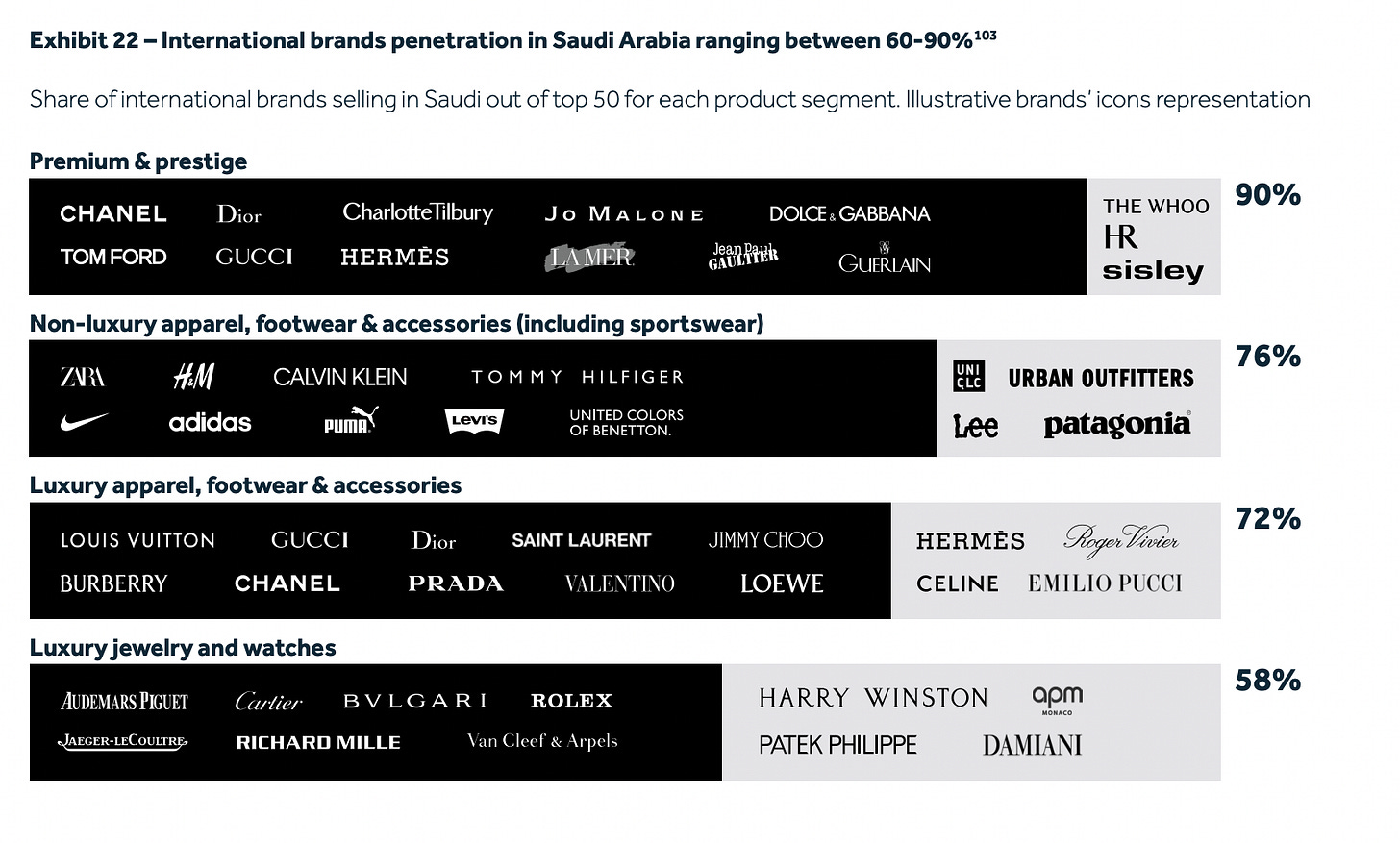
How can brands meet this opportunity of a growing Modest Wear Market globally and adoption of contemporary designs within the GCC?
#1 Understanding the consumer journey and persona
If you are a brand catering to Modest Wear market in the West, your approach would be signifcantly different than one based in the GCC. And so, you must- DO THE RESEARCH. Get the easy stuff right!
I’m a huge fan of personas- I know they get a bad rep for being laborious and not super scalable. Understanding what consumers do and how they spend their day is critical to create a cultural product that can be blended within a Western environment. The focus here should be for brands to understand where the modest wear is being worn. Is it ceremonial or quotidian? Is it a workplace outfit? If so, how does it impact the materials and colour scheme?
Also, there are various levels of being modest and it also varies by country (aka France has a whole hijab ban in public spaces, for example, but that’s a different conversation).
A modest capsule without variation or nuance demonstrates a lack of understanding of Muslim consumers and the subgroups- it is not just a monolith aesthetic within the Muslim community.
Of course, lack of knowledge on cultures and religion is something customers pick on quickly (and it is frustrating!). It is not all that hard for customers to tell nowadays, if the brand did their research or is trying to check a box (think Max Mara’s launch of Abayas)
Hiring more Muslim employees especially on Design and Marketing team is a absolutely essential to drive this launch.
#2 Catering to a modern, intelligent customer and the Gen Z
While a deep understanding or local preferences and cultural nuances are important, it is important to execute it with the trifecta of:
Quality, Experiences, and Trends.
Collaborations with local influencers and designers: I think this is the smartest way to make a mark within the GCC while also garnering local trust. Or go the Penhaligon’s way- which is still one of my favourite activations in the region for a global perfume brand. I know I can’t shut up about it!
Personalised services and events: Private trial rooms, personalisation in terms of services such as fits, personal shoppers who understand cultural calendars, small-scale events activating hyperlocal consumers - are slow but effective ways to drive loyalty.
Stand for something, especially if you target Millenials and Gen Z : I write this newsletter in the backdrop of a genocide in the Middleast, which has not only polarised the world, but also given us a front row access to the death and destruction through social media. During this time several global businesses have gone bust in the region due to boycott. Brands have to put their money where the mouth is, but also, keep the consistency and be honest about their intentions if they want to target these two consumer segments which will globally drive atleast 60% of the luxury growth in the coming years.
#3 Understand the style nuances of the region
As the Founder of Niche Arabia Marriam Mossalli puts it, understanding the nuances of the region are important because each country shops differently. Saudi consumer tends to be brand loyalists, while in the UAE, consumers are trends driven. Similarly, Kuwaitis are experimental and embrace avant-garde modest fashion.
Within Saudi itself, as per Mosaalli, there are key differences between the cities. Riyadh, like New York, is more dressed-up and formal because it is the seat of financial and political power, whereas, Jeddah is like Los Angeles, laid-back and relaxed, and the shopping preferences are reflective of that.
#4 Localise explosive global trends
Social media is a proof that fashion trends more similar across pockets of sub-cultures. Take Barbie core for example, one of the biggest fashion trends adopted across fashion and lifestyle brands, a way to ride on the ongoing popularity of Barbie, the movie, and the resurgence of conversation on feminism (and all things pink, ironically) on social media. Since 2019, the colour has proved to be a highlight of fashion shows and Pinterest boards, and it endured well into 2023, scoring more than 8 million views on TikTok.
In this scenario, one way for brands is to envision how these explosive trends replicate into modest fashion. This is a great way to explore creative product design and storytelling to a completely new set of cultural rules. A marketer’s dream, if you ask me!
If you like what you read, give us a shoutout on social media (@subjectmatter.world on Instagram/ On LinkedIn) or share with someone who’d like to subscribe to us. Thank you for reading :)





